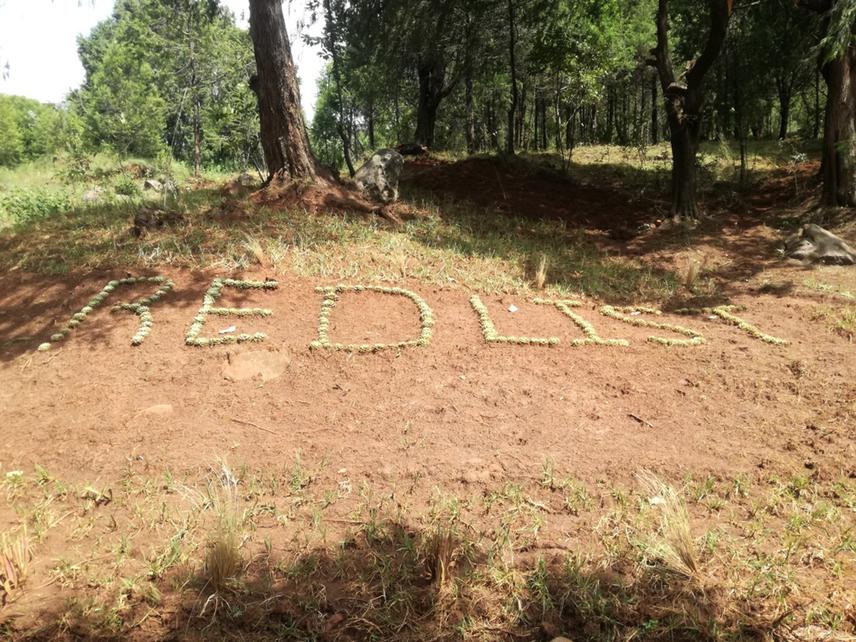Talemos Seta Shanka
Other projects
28 Feb 2014
Floristic Diversity and Carbon Stocks of Montane Forest in Gurage Mountain Chains, Ethiopia
1 Feb 2022
Ex-situ Conservation of Six Threatened and Endemic Plant Species in Gullele and Dilla University Botanic Gardens, Ethiopia
Gullele Botanic Garden (GBG) was established by the joint initiative of Addis Ababa University and Addis Ababa city government in proclamation numbered 18/2009, Ethiopia. The main function of GBG is to conserve plant biodiversity of the country in addition to research, eco-tourism and environmental based education. GBG is devoted towards protecting the destruction and eventual extinction of the plant diversity through in-situ and ex-situ conservation methods. It is very important to strengthen the effort of GBG in conserving threatened plant species of the country in collaboration with donors and other stakeholders. Accordingly, this conservation project is meant to conserve five selected endemic and threatened plant species of the country. These selected plants, mainly trees and shrubs, will be collected, propagated, planted and conserved in the RED LIST THEME, newly established one, except Commiphora monoica (for future re-introduction program) as components of the Thematic Garden in the botanic garden.

The newly established IUCN Red List Theme in the Gullele Botanic Garden, Addis Ababa. © Talemos Seta, Sep. 2020.
GBG is established to meet the four major functions in the landscape of 705 ha; Research (conservation with the focus on endemic and indigenous and economically important plants under threat), Conservation (water and soil erosion control in the garden as the area is highly rugged and exposed to soil erosion and plant conservation), environmental education (from lower to higher education institution) and nature based eco-tourism for both domestic and international tourists. Since the GBG is devoted towards preventing the destruction and eventual extinction of the plant diversity through employing in-situ and ex-situ conservation, it is very evident to undertake this conservation project on selected plants under IUCN Red List.
Garden preparation such as site clearing, and site preparation process will be done using manpower. Seed collection of the selected five plant species will be conducted in October 2020 and January 2021. During collection, diversity will be maintained in plant material by collecting at least from more than 30 trees for each species. The selection of the five plant species are based on the conservation status and endemicity. These plants need to be propagated and planted in the IUCN Red List Theme except Commiphora monoica which will be propagated and will stay in the greenhouse until re-introduction to its original habitat. Acacia negrii (VU), Commiphora monoica (CR), Maytenus harenensis (CR), Rhus glutinosa A. Rich. subsp. glutinosa (VU), and Polyscias farinosa (VU) are the five selected species for this ex-situ conservation project. Seeds from each species will be collected.
Pre-treatment of the collected seeds will be done by soaking seed either in hot or cold water based on the type of seeds. Seed bed preparation, sowing seeds in the beds, then, transfer of young and tender seedlings from seed bed into container will be done. Shading will be constructed to protect the seedlings from the sunlight in the garden. Regular supply of watering will be done in the nursery for normal and healthy plant growth. Watering will be done twice a day early in the morning and late afternoon. Later hardening off will take place to expose the seedlings to harsh conditions and make them strong. Finally, transplanting to prepared Red List Theme will take place after seedlings reached to a height of 30-45 cm. After the new seedlings have been taken to the theme, continuous follow up, care and management will take place as the Botanic garden’s permanent activity.